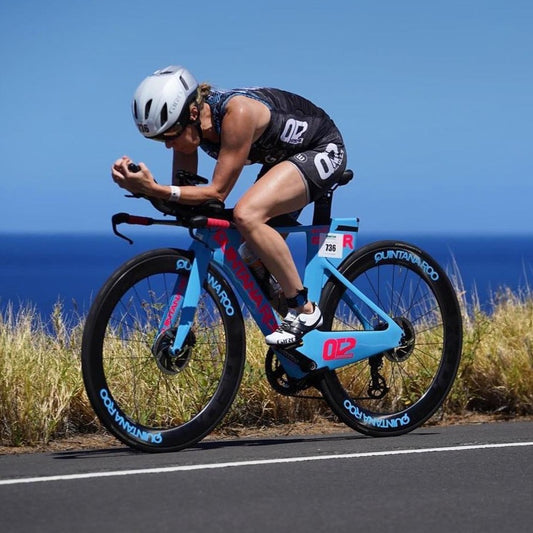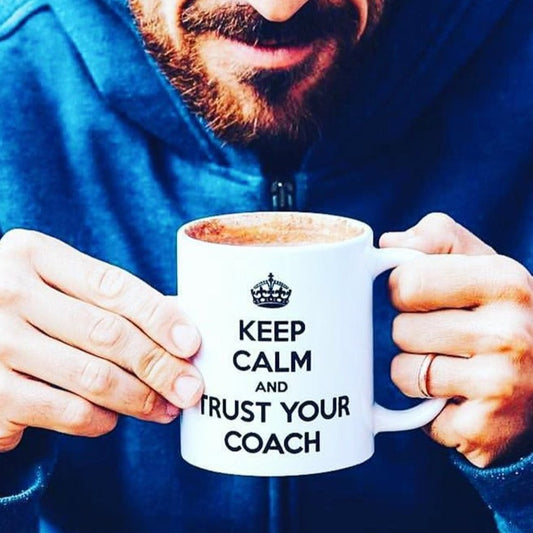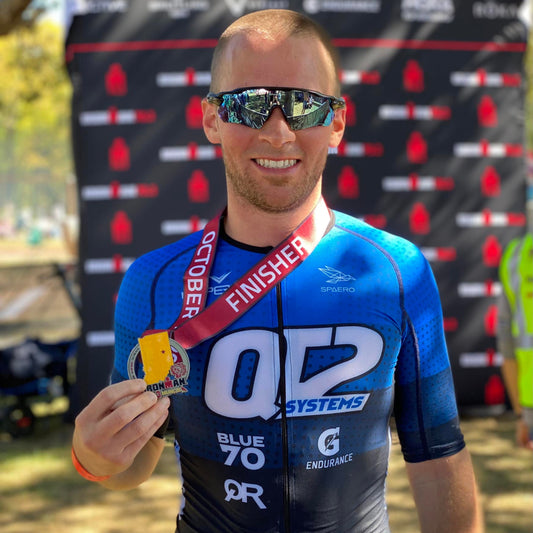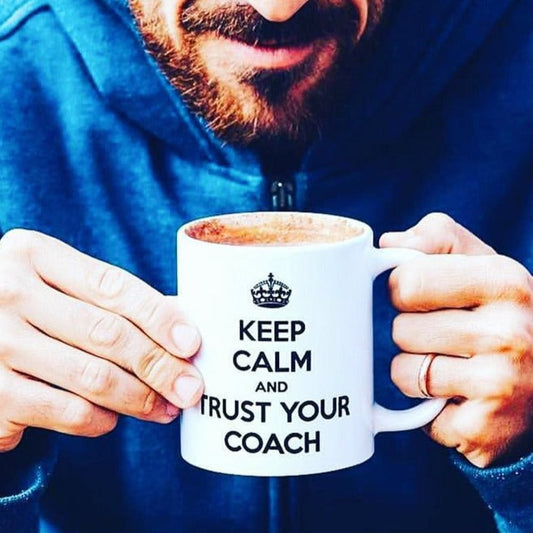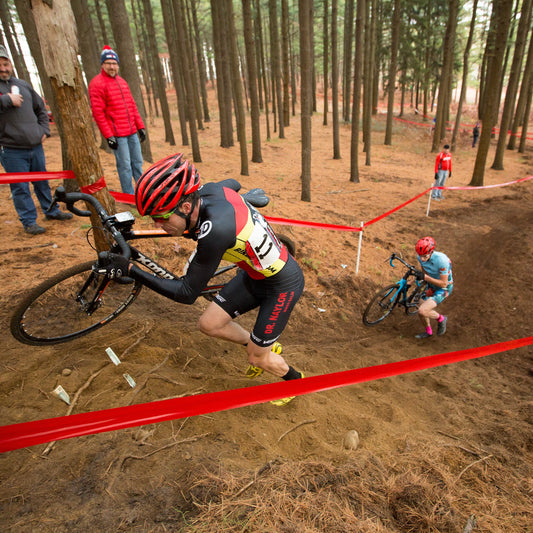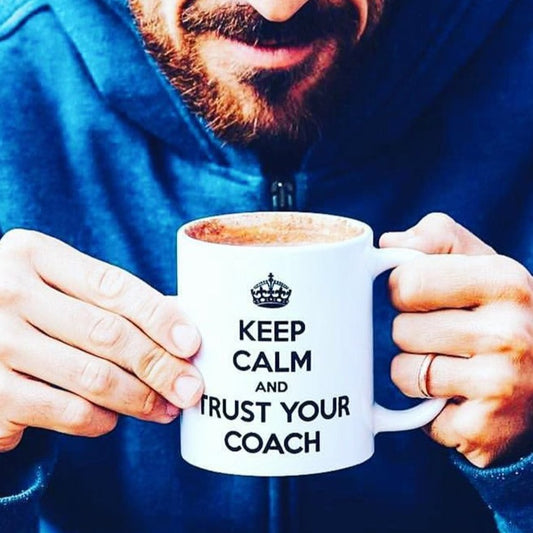Training the Mind Like You Train the Body
You push your body to the limit, testing its boundaries in training and racing. But how much time do you spend training your mind?
Physical preparation alone won’t win races. Mental preparation is the edge that separates the elite from the rest. And one of the most powerful mental tools available to you? Visualization.
Elite athletes don’t just train their bodies—they rehearse every moment of competition in their minds. Michael Phelps visualized every single stroke of his Olympic swims before he ever touched the water. Eliud Kipchoge mentally runs the perfect marathon before stepping to the start line.
Why? Because your brain doesn’t fully distinguish between real and vividly imagined experiences. Studies in sports psychology have shown that mental rehearsal activates the same neural pathways as physically performing an action—which means that if done correctly, visualization can literally make you better at executing under pressure.
The Science of Effective Visualization
For visualization to work, it must be specific, multisensory, and emotionally engaging.
1. Specificity: Every Detail Matters
Poor visualization = “I see myself running well in the race.”
Elite visualization = “I see myself lining up at the start, feeling calm but ready. I see the course. I visualize the hills at mile 10. I see myself maintaining form when it gets tough.”
Your brain needs real details to build strong mental connections.
2. Multisensory: Feel It, Don’t Just See It
Don’t just picture the race—feel it.
- What does the starting area smell like?
- What do your legs feel like at mile 20?
- What will your breathing sound like?
The more realistic your mental rehearsal, the more effective it is.
3. Emotional Engagement: Make It Mean Something
Visualization isn’t just about seeing yourself succeed—it’s about feeling the energy, the adrenaline, the confidence. Your brain needs to connect an emotion to the moment.
If you struggle with self-doubt, don’t just visualize winning—visualize handling setbacks with control. Picture yourself overcoming a bad patch mid-race and responding with confidence instead of panic.


